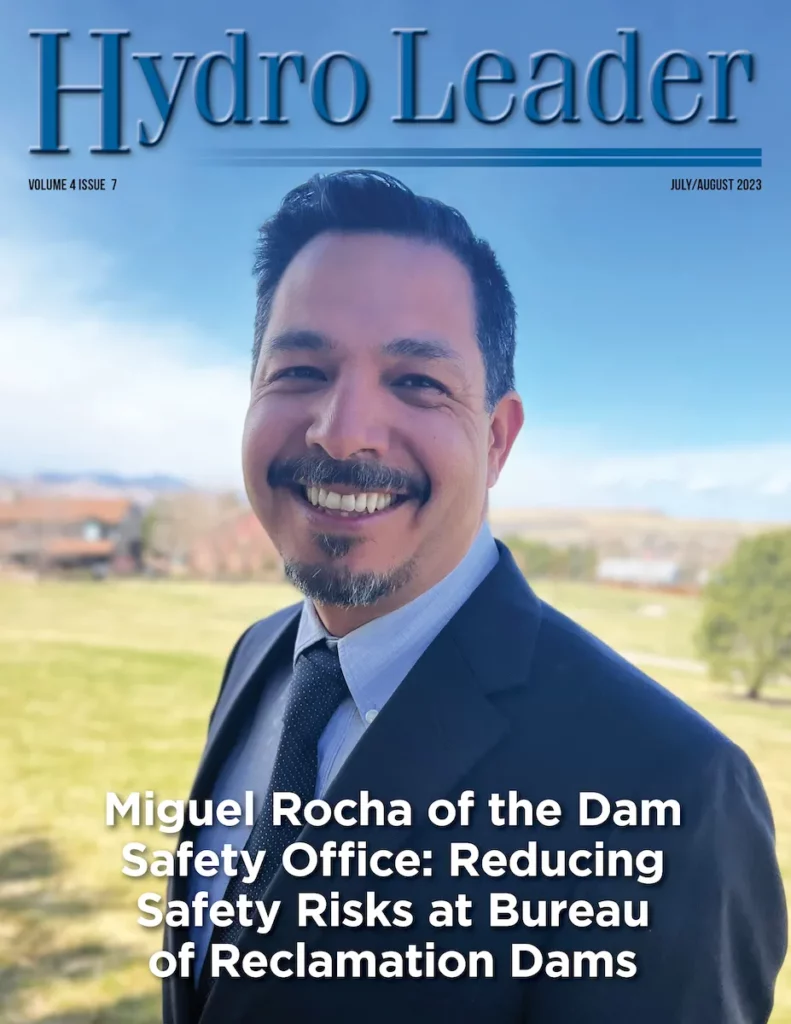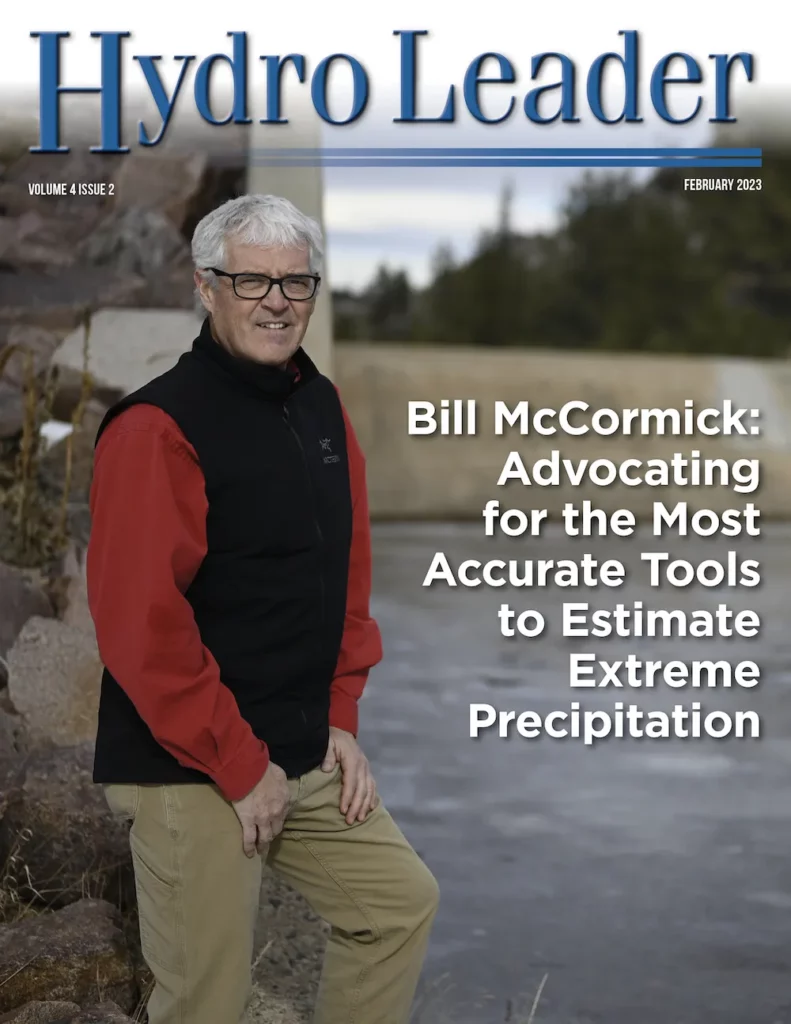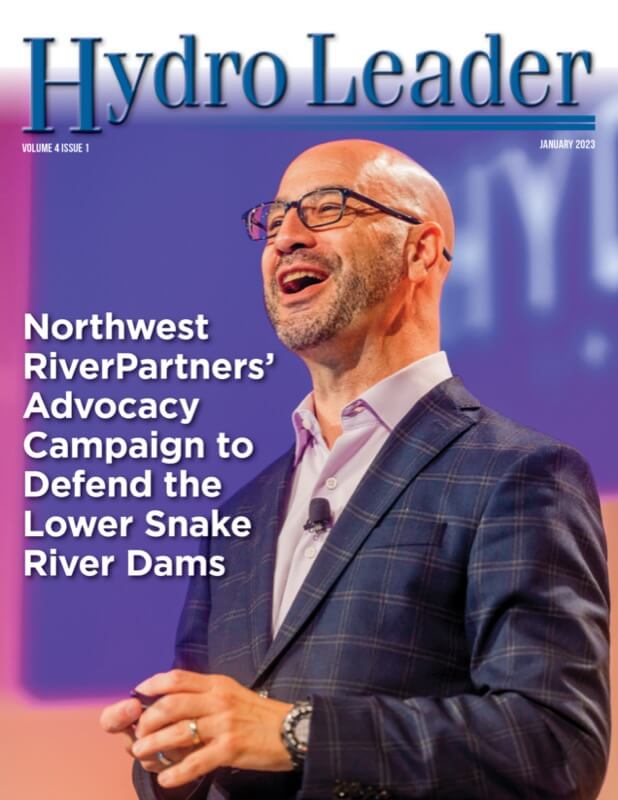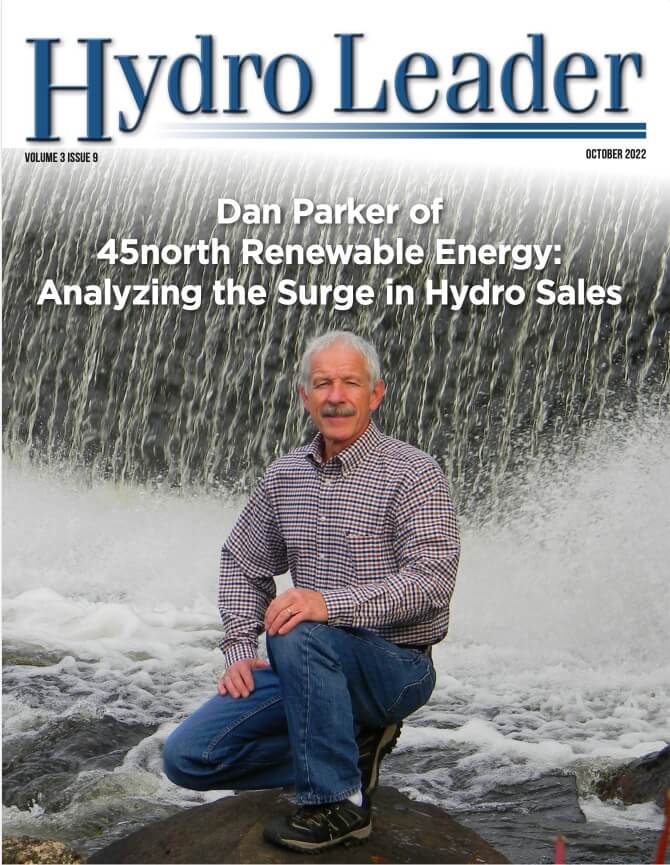Volume 4 Issue 7 Jul/Aug

The United States and the world continue to benefit from the large hydropower dams built in the early 20th century. Among the challenges of the 21st century, however…
Volume 4 Issue 6 June

After a few decades of slow progress, pumped storage is taking off again. As wind and solar generation increase, the grid needs the additional long-term energy storage. That…
Volume 4 Issue 5 May

The hydropower industry deals with large facilities, long-term agreements, years-long modernization projects, incremental technological progress, and generation-spanning…
Volume 4 Issue 4 April

Hydropower is a top source of reliable, dispatchable, carbon- free energy, but there are often concerns about its effects on aquatic species and ecosystems. While…
Volume 4 Issue 3 March

Marine energy is an exciting emerging field in the water power world. Like conventional hydropower, it uses the natural movement of water to create power, and in some cases…
Volume 4 Issue 2 February

Changing weather patterns and a new focus on atmospheric river events on the West Coast have recently drawn attention to the risks and dangers of extreme rainfall…
Volume 4 Issue 1 January

When Washington State Governor Jay Inslee and United States Senator Patty Murray of Washington announced a joint federal-state investigation into…
Volume 3 Issue 9 Nov/Dec

Hydropower clearly has a major role to play in our energy future, but calculating the value of an existing or potential hydropower project can be complicated.
Volume 3 Issue 9 October 2022

Hydropower clearly has a major role to play in our energy future, but calculating the value of an existing or potential hydropower project can be complicated.
Volume 3 Issue 8 September 2022

Specialized Services By Kris Polly When most people think of hydropower, they think of dams and turbines. Needless to say, those are important, but there are many other elements—both physical and digital—that go into turning flowing water into electricity. This month, we focus on several of those services, including the provision of computerized control systems, […]

